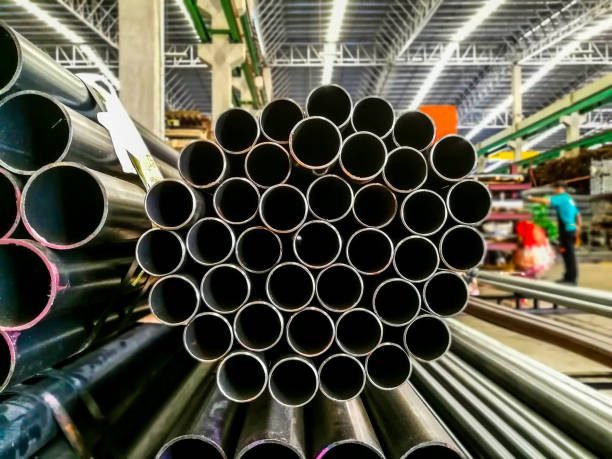Versatility of ASTM A106 B Steel Pipe
ASTM A106 B Steel Pipe Introduction: In the world of industrial applications, steel pipes play a vital role in transporting fluids and gases with utmost efficiency and reliability. Among the various types of steel pipes available, ASTM A106B stands out as a popular choice due to its exceptional strength, durability, and versatility. In this blog, we will delve into the key features and benefits of ASTM A106B, shedding light on why it is widely used across diverse industries.
- Understanding A106B: A106B is a seamless carbon steel pipe specification that belongs to the American Society for Testing and Materials (ASTM) A106 standard. It is specifically designed for high-temperature service, making it suitable for applications involving oil, gas, and petrochemical industries, as well as power plants and refineries.
- Superior Strength and Durability: One of the primary reasons behind the popularity of ASTM A106B is its impressive strength and durability. It has a minimum tensile strength of 60,000 psi (415 MPa) and a minimum yield strength of 35,000 psi (240 MPa), ensuring excellent structural integrity even under high-pressure and high-temperature conditions. This makes it ideal for handling demanding environments and critical operations.
- Seamless Construction: ASTM A106B is manufactured using a seamless process, which means it does not have any welded joints or seams. This seamless construction eliminates the weak points that can be prone to leaks or failures, ensuring a reliable and leak-free performance. Moreover, the absence of welds enhances the overall strength and integrity of the pipe.
- High-Temperature Resistance: A106B is specifically designed to withstand elevated temperatures. It can operate effectively at temperatures up to 750°F (400°C). This makes it an excellent choice for applications involving steam, heat exchangers, and other high-temperature processes. The pipe’s ability to handle extreme temperatures without compromising its structural integrity is a testament to its exceptional quality.
- Versatility in Applications: The versatility of ASTM A106B is another key factor driving its widespread adoption. It can be used in various industries and applications, including oil and gas transmission pipelines, power generation plants, refineries, chemical processing plants, and more. Its compatibility with different fluids and gases further expands its utility across diverse sectors.
- Compliance with Standards: ASTM A106B adheres to strict industry standards, ensuring consistent quality and reliability. It meets the requirements of the ASTM A106/A106M standard, which covers seamless carbon steel pipes for high-temperature service. This compliance guarantees that the pipe will perform as expected and meet the necessary safety regulations.

Conclusion: ASTM A106 B stands out as a top choice for high-temperature applications due to its exceptional strength, durability, and versatility. Its seamless construction, high-temperature resistance, and compliance with industry standards make it a reliable option for critical operations. Whether it’s transporting fluids or gases in demanding environments, ASTM A106B delivers the performance and peace of mind required in various industries.

